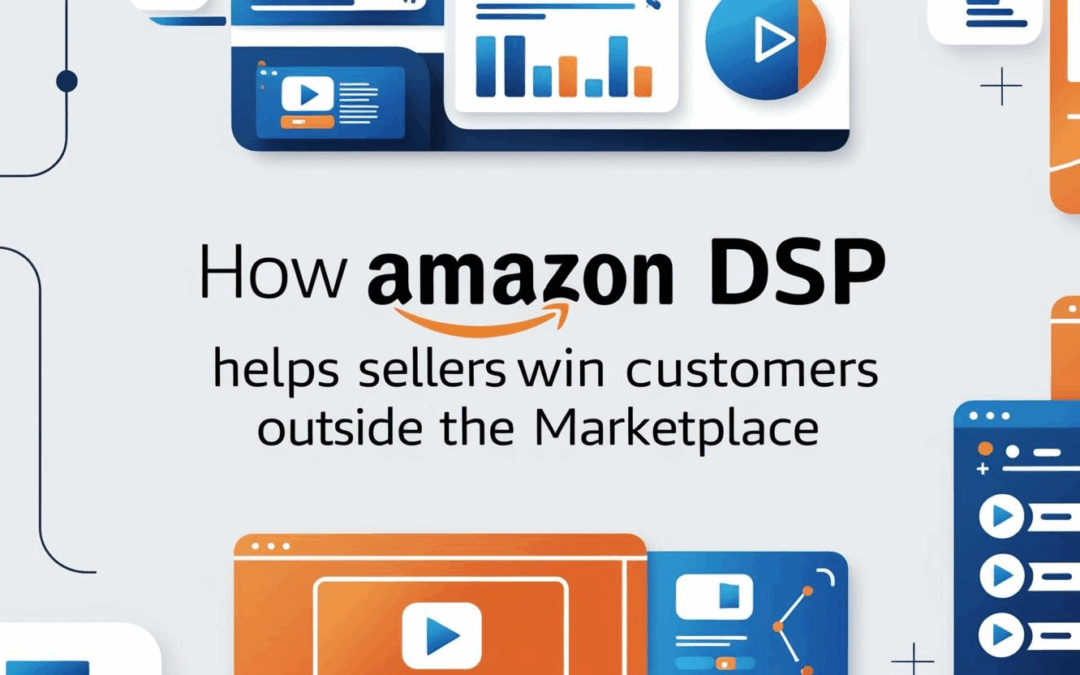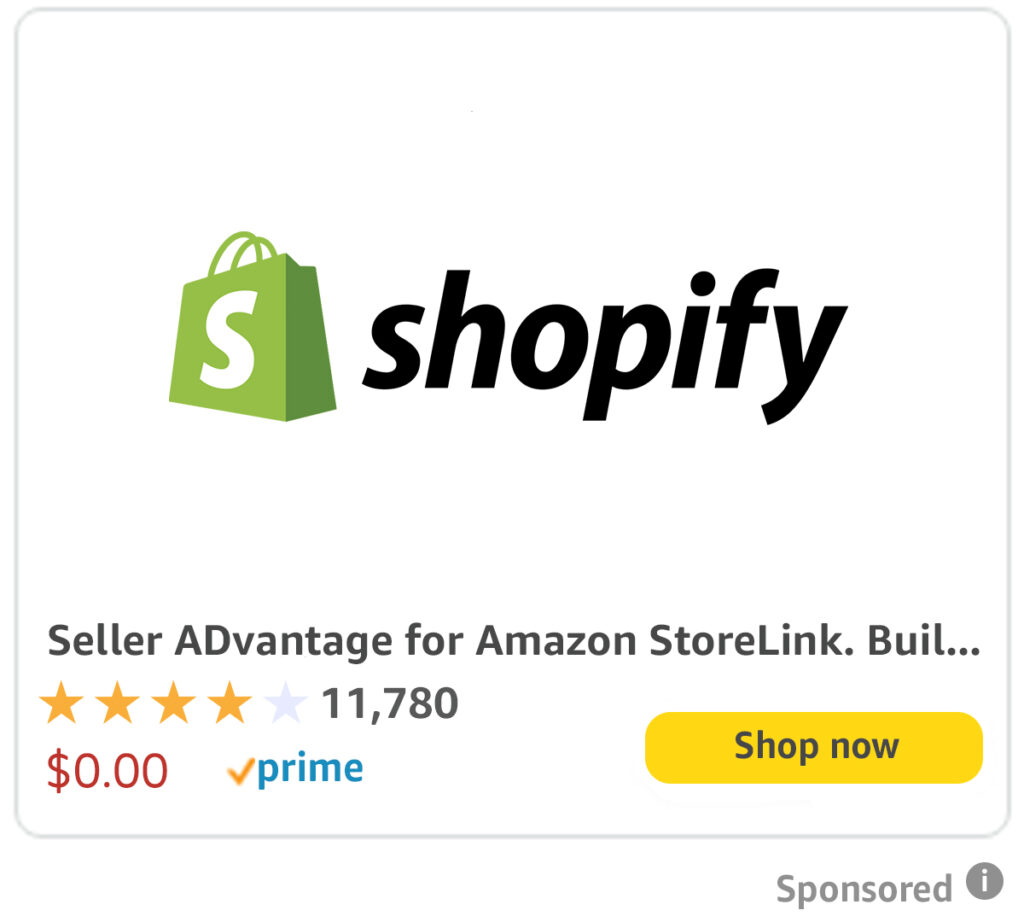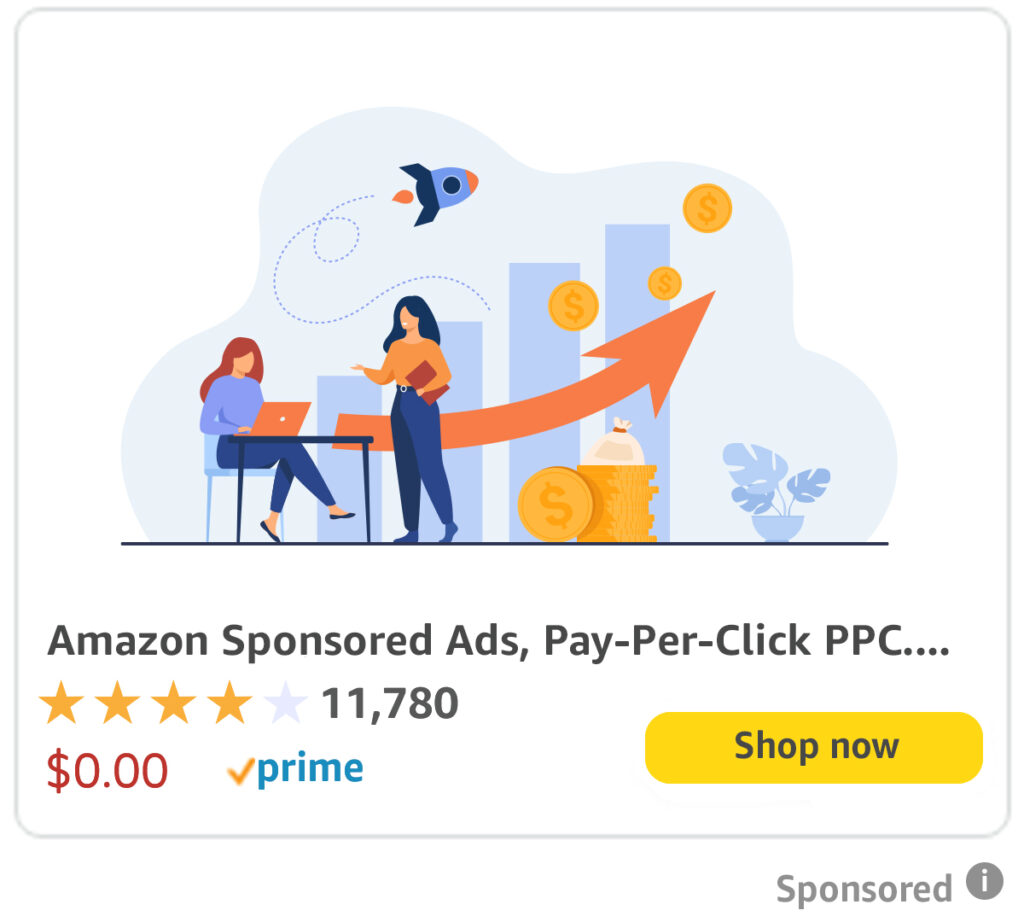Read More
Step-by-Step on SellerADvantage.co.uk
Read on LinkedIn
Read on Medium
Watch on YouTube
How Amazon DSP Helps Sellers Win Customers Outside the Marketplace
In today’s competitive ecommerce landscape, Amazon sellers must continually innovate to reach new audiences and drive incremental sales. While traditional Pay-Per-Click (PPC) campaigns on Amazon can be extremely effective at capturing high-intent shoppers already browsing the marketplace, they only represent one piece of the advertising puzzle. Many prospective buyers begin their purchase journey well before they land on Amazon’s product pages—browsing blogs, watching videos, scrolling on social feeds, and researching on third-party websites. To capitalize on this broader customer journey, sellers need to extend their reach beyond the walls of Amazon itself.
Amazon Demand Side Platform (DSP) offers a unique solution for sellers who want to engage potential customers across the wider web and on streaming services. By leveraging DSP, brands can programmatically purchase display, video, and audio ads on Amazon-owned sites as well as thousands of external publisher sites and apps. With granular audience targeting based on shopping behavior, demographics, and contextual signals, sellers can deliver personalized ads to shoppers at key moments before they even think to search on Amazon. This ability to influence awareness and consideration upstream can translate into stronger brand preference and higher conversion rates when these shoppers finally arrive on Amazon.
Yet, setting up and optimizing DSP campaigns requires specialized expertise and a strategic approach. From audience segmentation and creative development to budget allocation and measurement, there are many moving parts that can impact performance. In this article, we’ll explore three critical action points that Amazon PPC users can adopt to harness the full potential of Amazon DSP. These strategies will help you identify high-value audiences beyond the marketplace, craft compelling ad creatives that resonate on external platforms, and measure the incremental lift of your DSP investments. Whether you’re a seasoned advertiser or new to programmatic display, these insights will equip you to win customers outside Amazon and drive sustainable growth.
Key Action Points
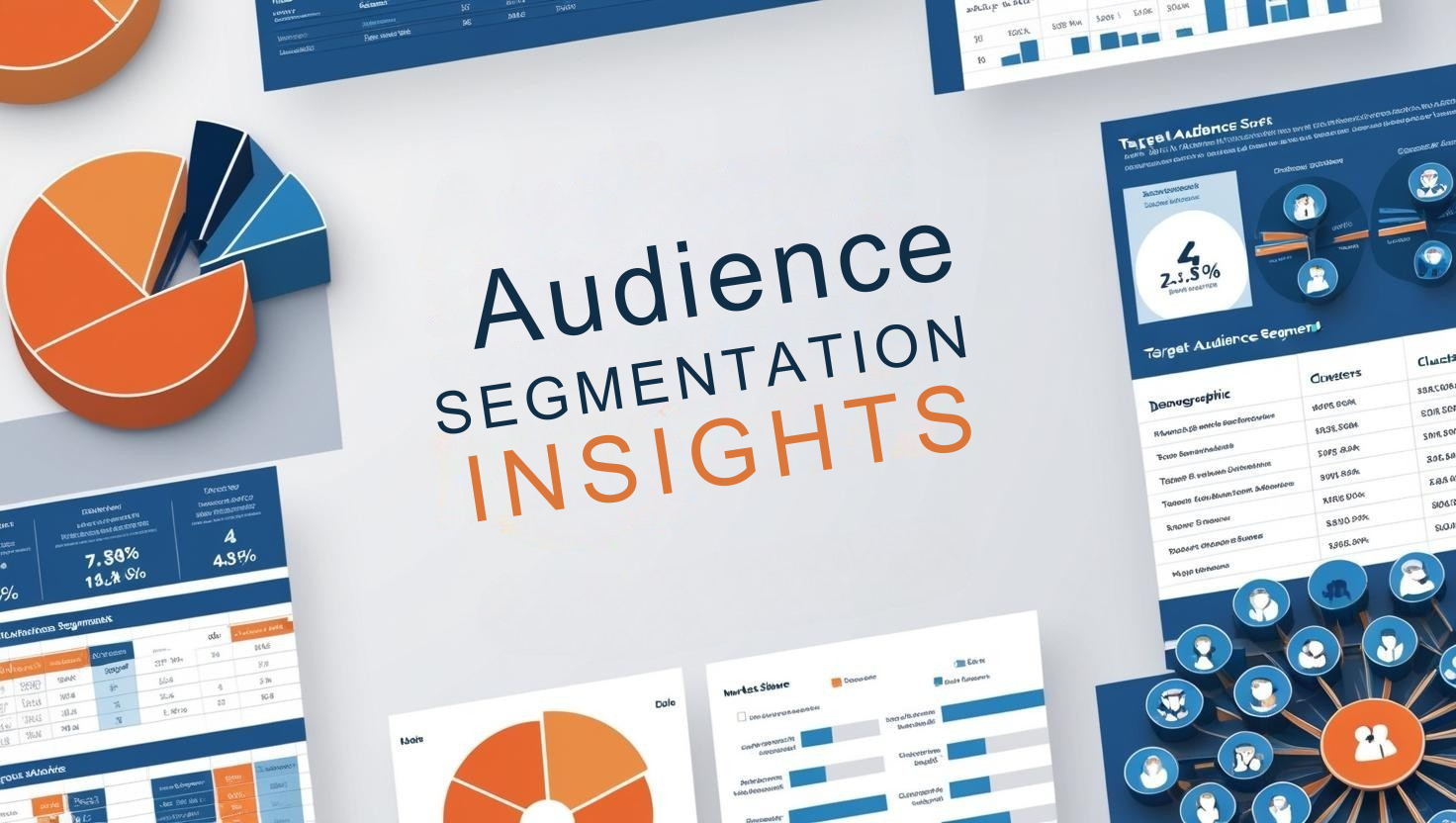
1. Leverage Audience Segmentation with Shopper Insights
Amazon DSP provides access to rich, first-party data collected from millions of shopper interactions on Amazon. By tapping into these insights, sellers can create highly targeted audience segments based on past purchase behavior, browsing history, and in-market signals. Start by defining your highest-value customer segments—such as repeat purchasers of complementary products, seasonal shoppers, or those who have viewed but not purchased your listings. Next, map these segments to DSP audience types like “Lifestyle,” “In-Market,” and “Remarketing.” For example, use in-market segments to reach shoppers actively researching products in your category, and remarketing lists to re-engage those who abandoned carts or viewed your ASINs without converting. By focusing spend on these high-intent audiences, you can maximize the relevance of your ads, improve click-through rates, and ultimately drive more efficient funnel progression from awareness to purchase.
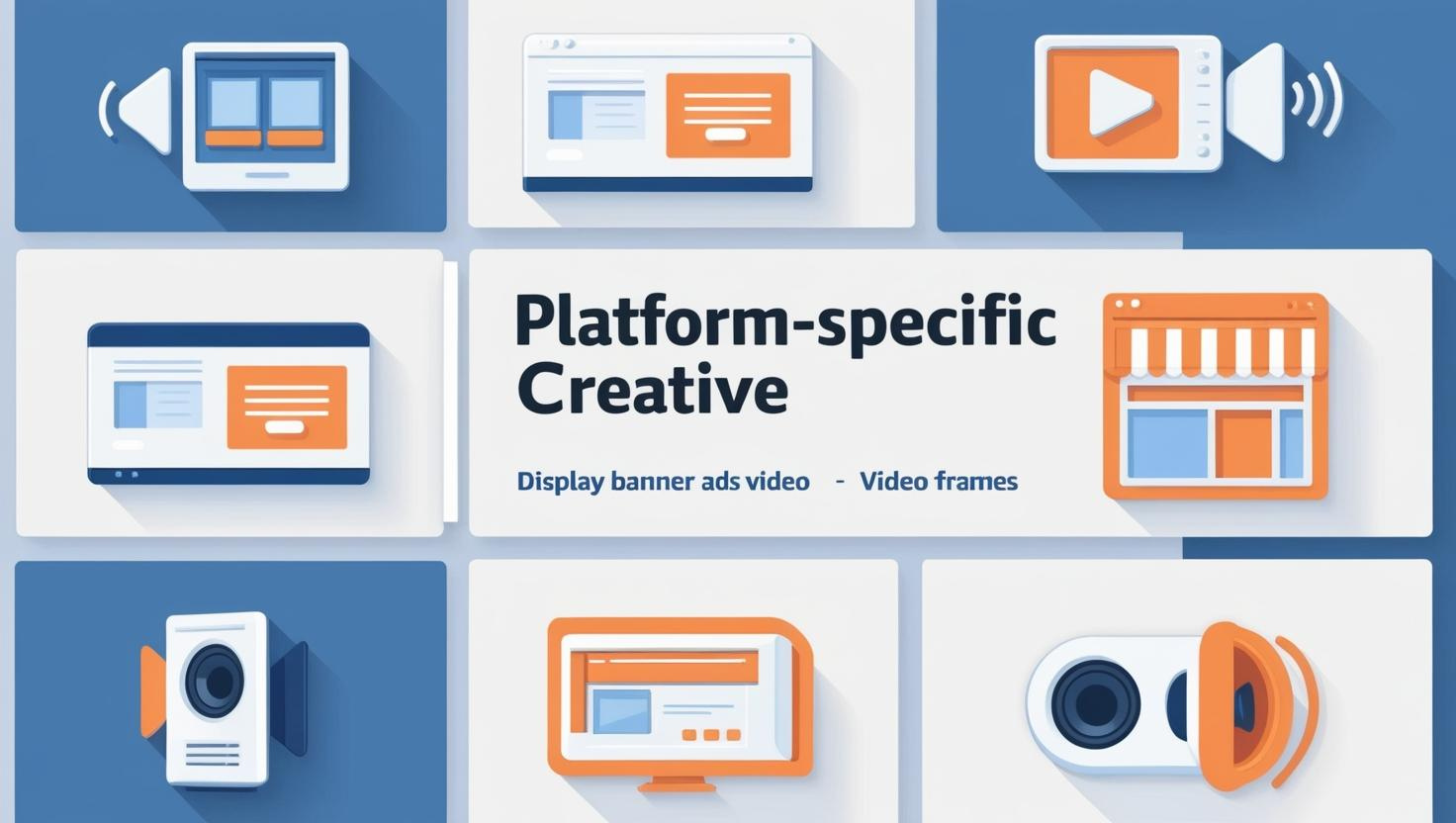
2. Develop Platform-Specific Creative that Resonates
Unlike text-heavy search ads, DSP campaigns span a variety of formats—display banners, dynamic eCommerce ads, video spots, and even audio messages. Each format and placement carries unique creative requirements and audience expectations. To capture attention on external sites or streaming platforms, your creative must be visually appealing, contextually relevant, and aligned with your brand voice. For display ads, focus on clear, concise messaging and high-quality product imagery. Incorporate strong calls-to-action that invite users to explore your Amazon Store or product detail pages. For video, prioritize short, engaging storytelling—introduce the problem, showcase your solution, and end with a memorable brand hook within the first five seconds. Finally, leverage dynamic eCommerce ads to automatically populate creatives with live product data, ensuring pricing and availability are always up to date. Testing multiple creative variations across formats will help you identify which combinations deliver the strongest engagement and conversion lift.
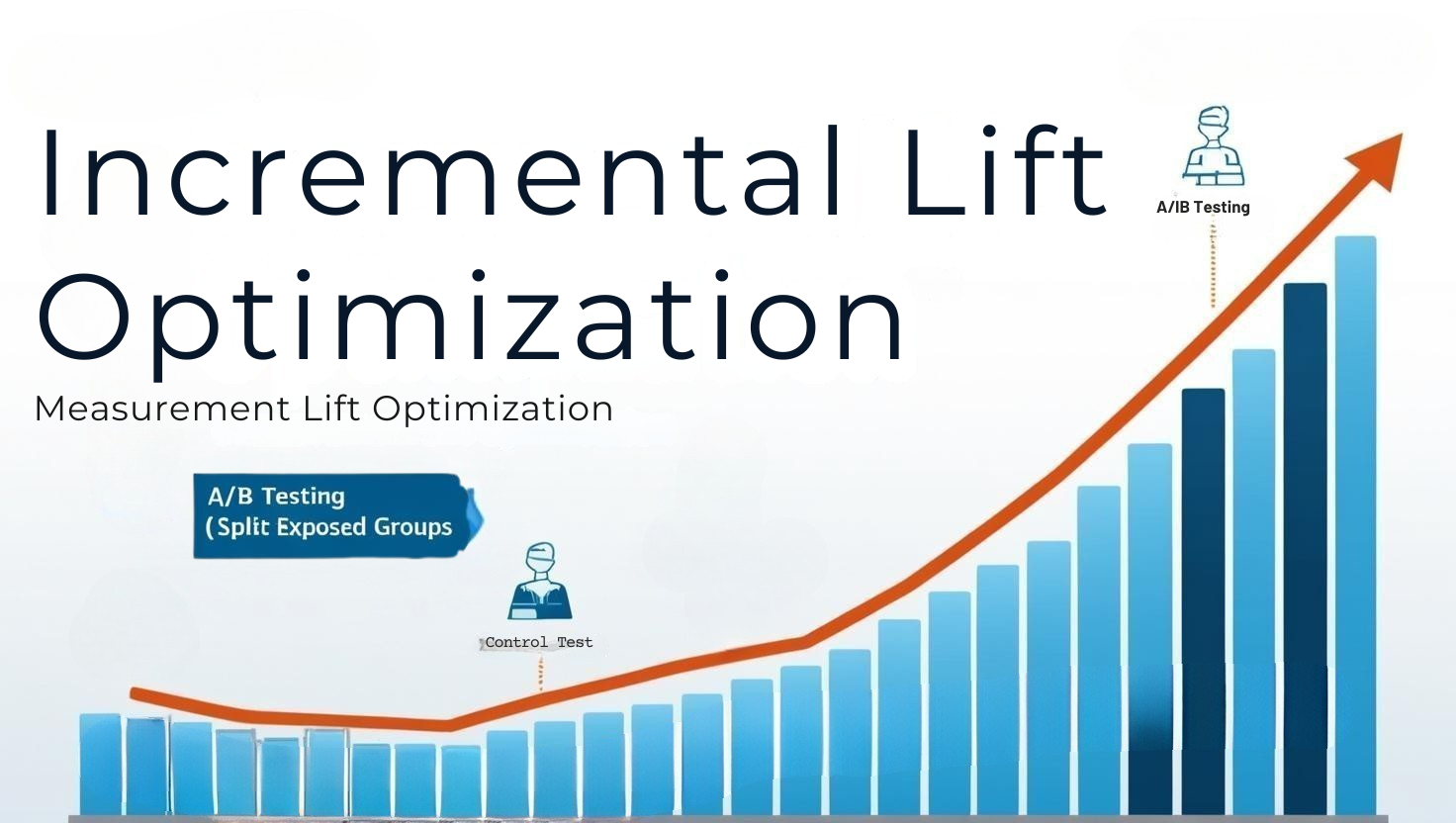
3. Measure Incremental Lift and Optimize Holistically
One of the greatest challenges in programmatic advertising is attributing incremental sales—distinguishing conversions driven by DSP from those that would have occurred organically or via PPC alone. Amazon DSP offers built-in measurement tools, such as Brand Lift studies and integrated reporting dashboards, to help you quantify the true impact of your off-Amazon campaigns. Begin by setting up experiments: allocate a portion of your budget to a control group that does not see your DSP ads, and compare performance against the exposed group. Monitor key metrics like reach, frequency, view-through rate, and, most importantly, incremental sales lift on Amazon. Use these insights to optimize budget allocations between DSP and PPC, refine audience definitions, and adjust creative rotations. By treating your DSP and PPC channels as complementary investments—and analyzing them together—you’ll be able to allocate spend toward the highest-return tactics and continuously improve overall advertising ROI.
Final Thoughts
Expanding beyond Amazon’s search-based PPC ecosystem opens up new opportunities to influence shopper behavior at earlier stages of the purchase journey. Amazon DSP equips sellers with the tools to reach high-value audiences on third-party websites, apps, and streaming services, leveraging Amazon’s unparalleled shopper data to drive targeted display, video, and audio campaigns. By implementing precise audience segmentation, crafting platform-optimized creatives, and rigorously measuring incremental lift, brands can accelerate awareness, consideration, and ultimately increase conversion rates on Amazon.
As digital advertising continues to evolve, the integration of programmatic channels with marketplace marketing will become increasingly important. Sellers who embrace a holistic, data-driven approach to DSP and PPC will gain a competitive edge—capturing customers before they even land on Amazon and guiding them through a seamless omnichannel experience. Remember, success with DSP is not a one-time setup but an ongoing cycle of testing, learning, and optimization.
Whether you’re looking to complement existing PPC efforts or diversify your advertising portfolio, the strategies outlined here will help you leverage Amazon DSP effectively. Start small with targeted pilot campaigns, measure your results, and scale what works. Over time, you’ll build a robust, multi-channel advertising framework that drives sustainable growth, strengthens your brand presence, and ensures you win customers both inside and outside the Amazon marketplace.
Any follow helps us out a lot – Thank-You!
If you like this article and want to explore further insights, discuss collaborative opportunities, or simply connect, please feel free to reach out to me on any of the following :
Work With Us
Hire Us on fiverr
Hire Us on upwork
🔴Book a FREE PPC Audit🔴


